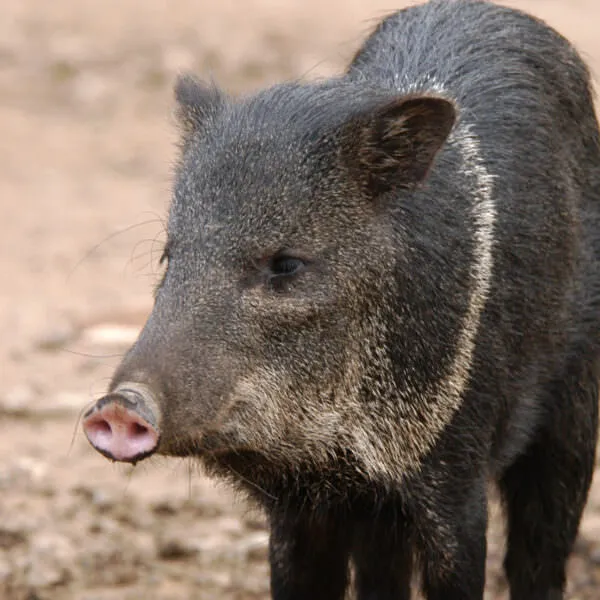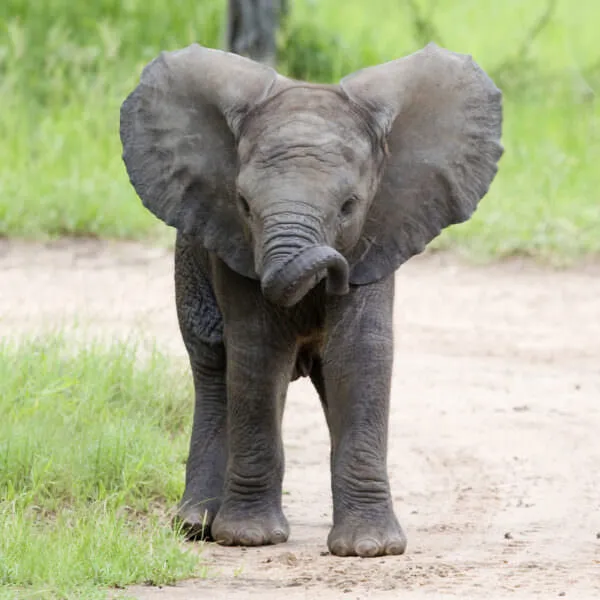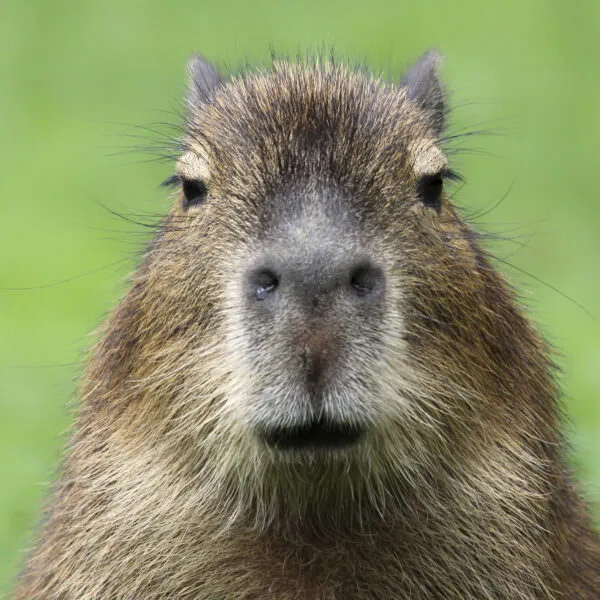Anatomy
Manatees, slow and gentle giants of the ocean, can weigh up to 1,000 pounds and grow to about 10 feet in length. They have small heads and rotund bodies. Manatees are very solitary animals that spend their entire lives submerged, feeding on marine grasses. When they surface to breathe, only their bristly nostrils poke above the surface of the water.
We're All In
Together, we're building a future where people and nature thrive. Sign up today and join our movement...
Habitat
West Indian manatees live in the waters surrounding the southern United States, the Caribbean Islands, eastern Central America and off of the northeast coast of Brazil. They can be found in both fresh and marine waters, muddy or clear. They seem to prefer water between three and seven feet deep. They will not go in water over 20 feet deep or where the current is more than three miles per hour.
Diet
These creatures are the only marine mammals that are strictly herbivorous. They eat a wide variety of plants, preferring mostly sea-grass leaves. They have a tendency to stay away from the more bitter tasting plants. They have even been known to dig with their flippers to get roots. As far as water goes, no one is sure if they need to drink fresh water to survive, but some manatees have been seen drinking from hoses to quench their thirst!
Threats
Tragically, the main cause of the depletion of manatee populations is human activity. Manatees are slow moving underwater animals. With the increase in boating activity there has been an increase in manatee death and injury from boat propellers. The boaters do not see the manatees underwater and the manatees cannot swim away quickly enough. They can also get caught in the nets of fishermen. There are some that hunt the manatee for its meat. The friendly nature of the creature, which often results in them approaching divers or swimmers, also makes them an easy target for hunters.
Sources
- Jukofsky, Diane. Encyclopedia of Rainforests. Connecticut: Oryx Press, 2002.
- University of Michigan Museum of Zoology
- National Park Service
- The IUCN Red List of Threatened Species



